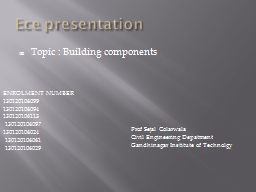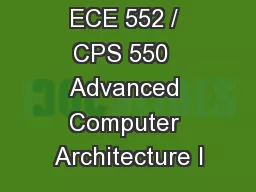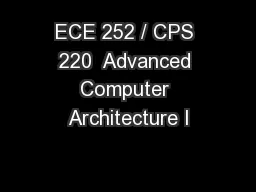PPT-Ece presentation Topic : Building
Author : patricia | Published Date : 2023-09-22
components ENROLMENT NUMBER 130120106099 130120106094 130120106113 130120106097 130120106024 130120106061 130120106029 Prof Sejal Colarwala Civil Engineering
Presentation Embed Code
Download Presentation
Download Presentation The PPT/PDF document "Ece presentation Topic : Building" is the property of its rightful owner. Permission is granted to download and print the materials on this website for personal, non-commercial use only, and to display it on your personal computer provided you do not modify the materials and that you retain all copyright notices contained in the materials. By downloading content from our website, you accept the terms of this agreement.
Ece presentation Topic : Building: Transcript
Download Rules Of Document
"Ece presentation Topic : Building"The content belongs to its owner. You may download and print it for personal use, without modification, and keep all copyright notices. By downloading, you agree to these terms.
Related Documents














